James Bond: How No Time To Die Wasted Blofeld | Screen Rant
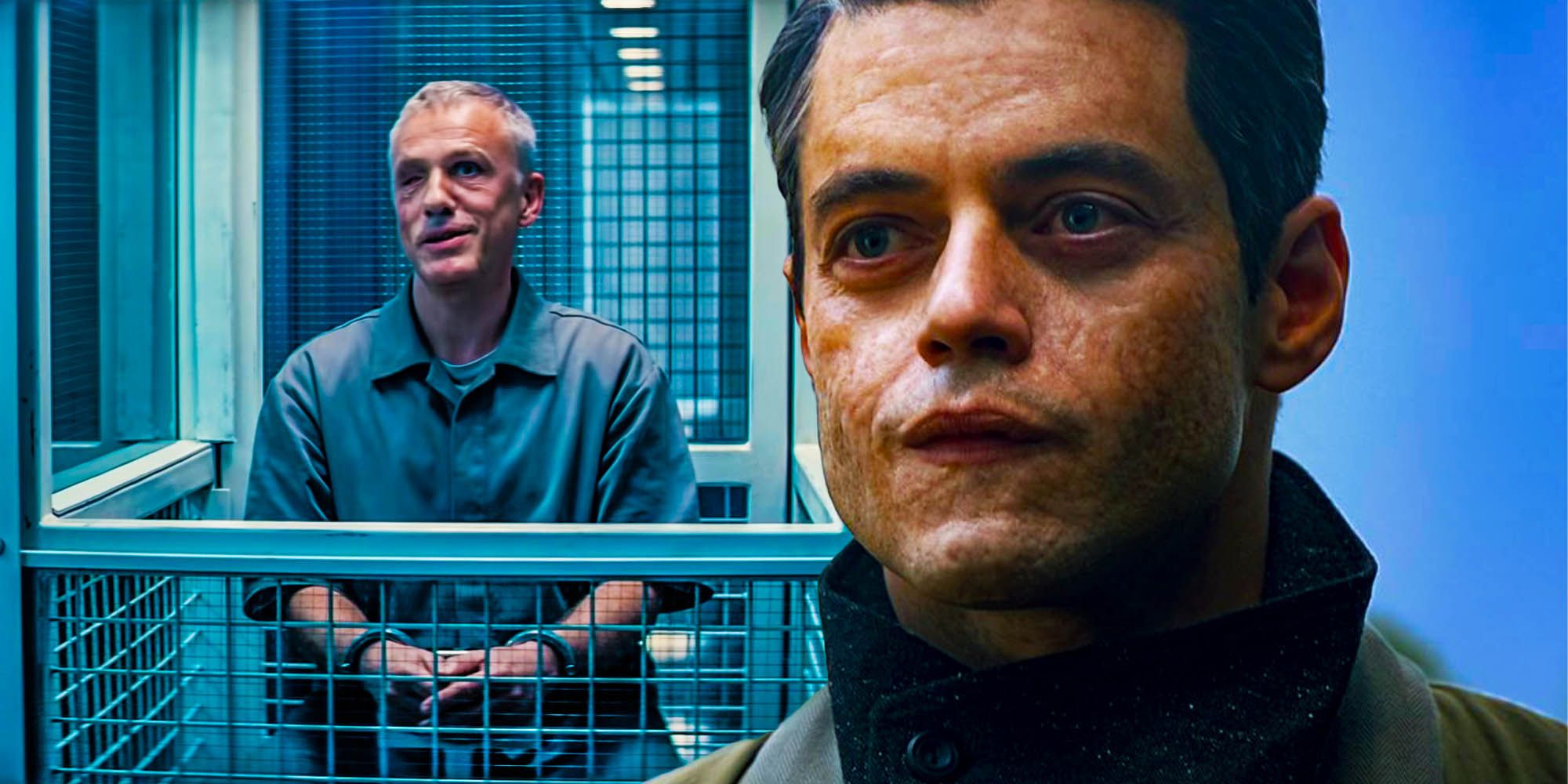
Although it was a solid swan song for Daniel Craig’s James Bond, No Time To Die never made use of the franchise’s most iconic villain, Blofeld. After myriad delays, Daniel Craig’s final James Bond movie finally arrived in October 2021. No Time To Die earned largely positive reviews and was generally seen as a fitting swan song for Craig’s Bond, but the movie was not without its issues.
Although Safin was arguably the wrong villain for No Time To Die, Rami Malek’s antagonist ended up being the plot’s primary antagonist. This came as a surprise to some James Bond franchise fans as the previous movie in the series, 2015’s Spectre, introduced a recast Blofeld. With Christoph Waltz now playing the iconic villain, it was broadly assumed that this well-known fan-favorite would be Bond’s biggest problem in No Time To Die, rather than the previously unseen Safin.
However, No Time To Die director Cary Fukunaga had other ideas and ended up limiting Blofeld’s role in the sequel to a minor appearance. This came as an unwelcome surprise to viewers who wanted to see more of Bond and Blofeld’s long-anticipated face-off, with their eventual reunion being an anticlimactic affair that was over in mere minutes. While Fukunaga’s ideas for No Time To Die were interesting subversions of the standard Bond franchise formula, in hyping up Blofeld and then denying fans a final showdown, the director overplayed his hand and let down many viewers.
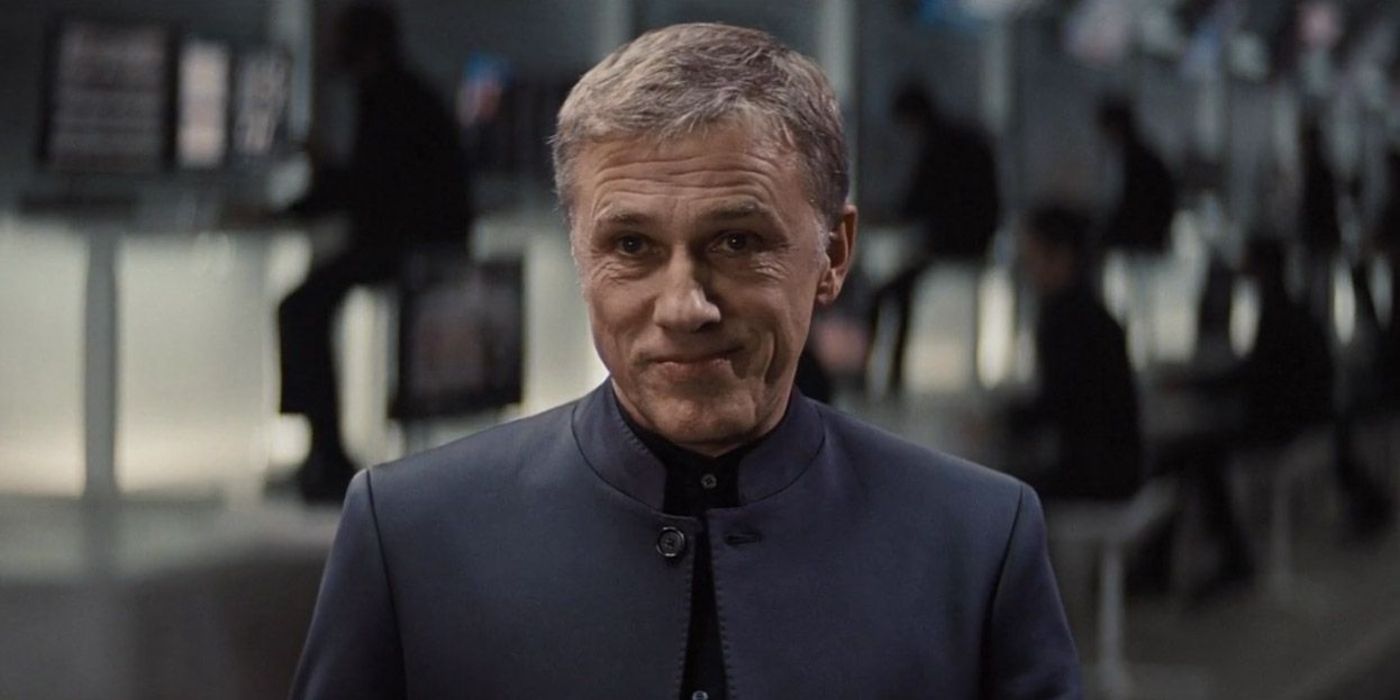
To be fair to Fukunaga’s movie, turning Blofeld back into a convincing villain after 2015’s Spectre would not the been an easy task for any director. When Waltz’s version of the villain appeared in Spectre, he was a welcome, campy screen presence, but the James Bond outing’s twists soon took things in a ridiculous direction. Introducing the iconic villain would have been enough of most franchise fans, but revealing that he was secretly related to Bond and actually orchestrated all the events of the earlier Craig-era movies smacked of desperation. Spectre’s worst twist made Blofeld both an almost-omniscient antagonist and one fuelled by the same motivation as Dr. Evil, both of which made it hard for Waltz’s charismatic turn in the role to salvage the villain’s potential. The character was overused by the ambitious outing which could have kept his origins and intent mysterious, but instead over-explained his motives and over-relied on the shock value of his silly backstory.
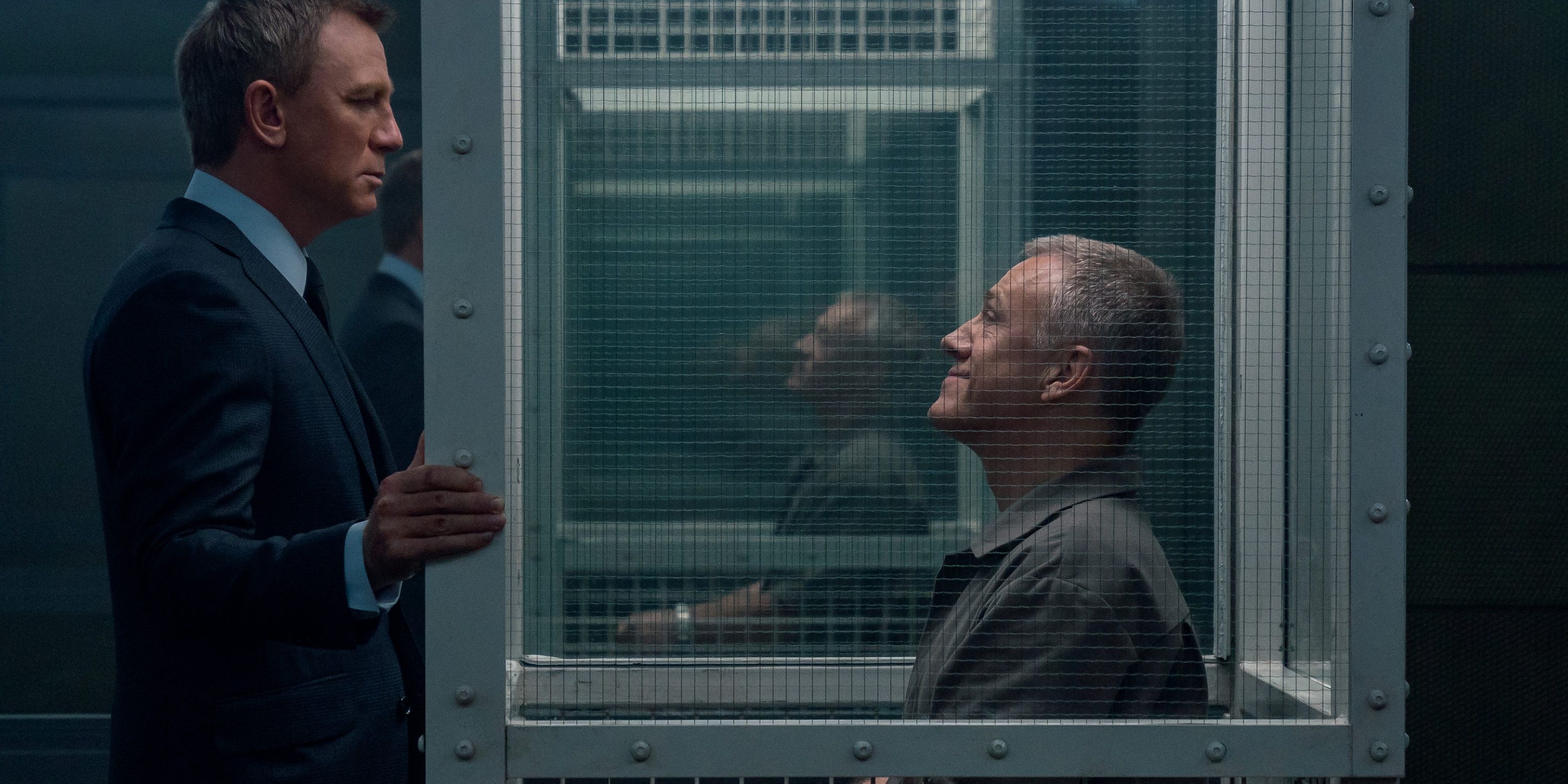
If Spectre suffered from choosing to center Blofeld’s role in the story too much, no one could reasonably accuse No Time To Die of having the same issue. The sequel’s Blofeld appearance was confusingly brief and had so little impact on the movie’s story that even fans who didn’t like the villain were surprised by its brevity. Anna De Armas’s role as Paloma proved that No Time To Die could make a big impression even in its smaller scenes, but Blofeld’s part was not just strange because of its brief duration. The prison scene was an oddly short appearance that ended with Blofeld’s unexpected death shocking even Bond himself, meaning the viewer and the character was robbed of any cathartic face-off between the duo. The fact that Blofeld was killed off with little fanfare by someone else using Bond as a puppet made his No Time To Die role little more than a glorified cameo that was overhyped before the movie’s long-awaited release.
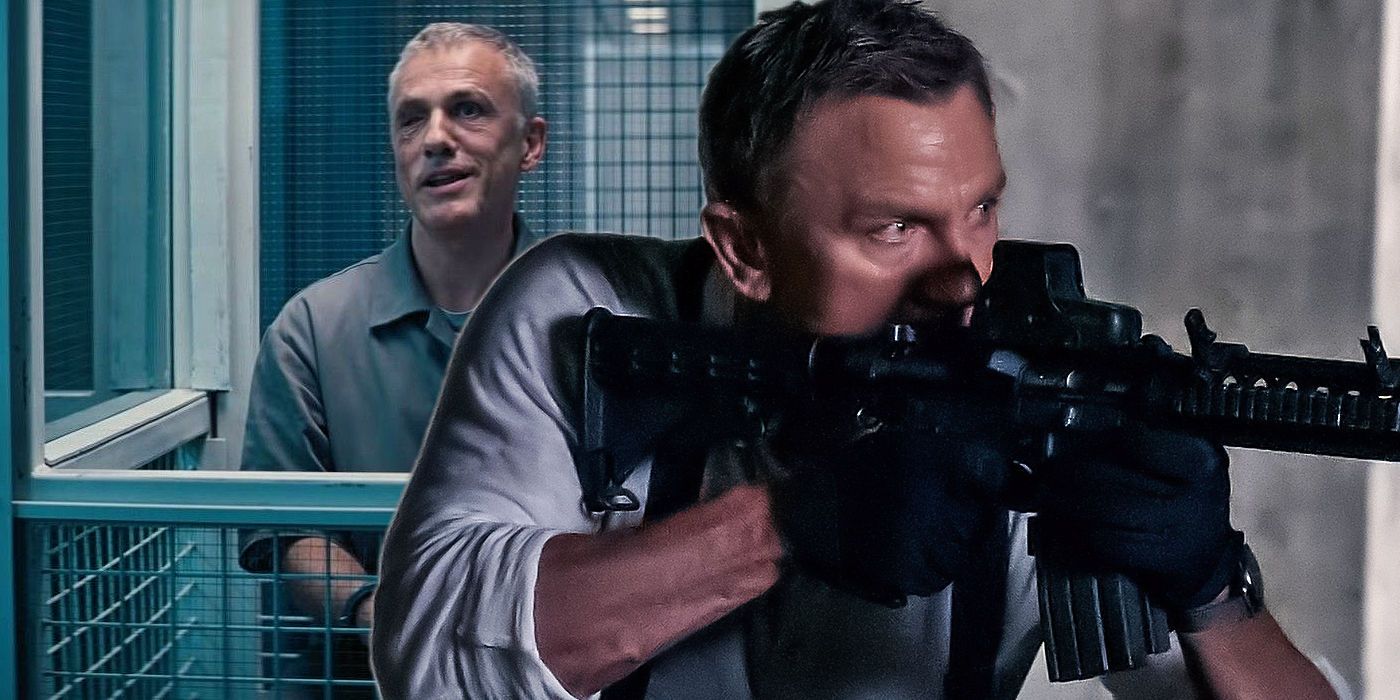
It was Safin’s nanobots that killed Blofeld rather than Bond and, while the revelation that Malek’s villain was the movie’s true antagonist was a good twist, it deflated the hype around Bond confronting his half-brother. Before No Time To Die’s release, the question of whether Madeleine, Blofeld, or Safin was Bond’s biggest threat was a tough one to guess. While it was a welcome surprise that Fukunaga’s movie did not go with the most obvious answer, this approach still meant that the death of Blofeld was a damp squib in an otherwise entertaining movie since it severed the tie between Bond and Blofeld and turned both men into Satin’s pawns.
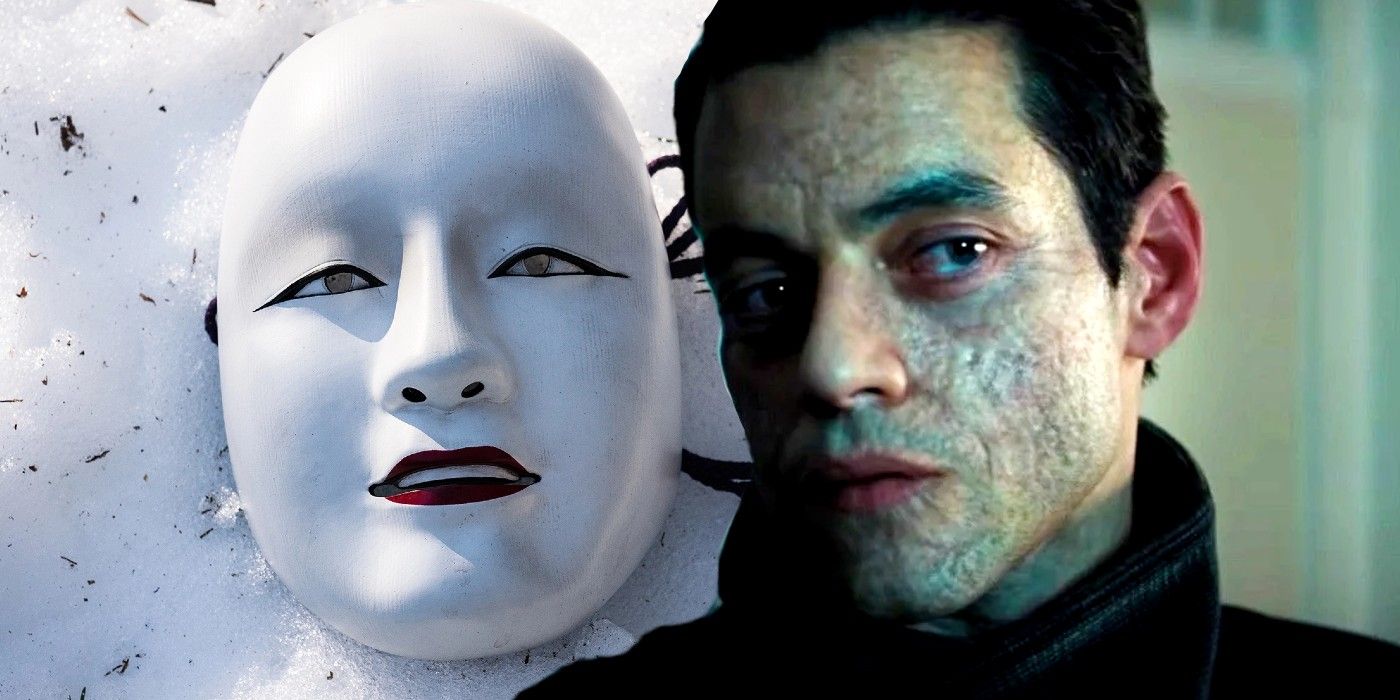
Malek’s Safin was a compelling Bond villain on his own — campy, threatening, and powerful — but add in his canon connection to Madeleine and he was an ideal addition to the Craig-era rogue's gallery of 007 baddies. Since he had a connection to Bond’s love interest, Safin could have been a perfect villain to end Craig’s arc and indeed, he was — he just didn’t need to share his story with an under-utilized Blofeld. The Craig-era Bond canon allowed the series to tell bigger, more ambitious stories than the usual Bond formula could accommodate, so there was not necessarily any need to bring back Blofeld even as a misdirect. The character arguably needed to die off to tie up any loose ends of Craig’s time as 007 and it would admittedly have been strange to see him survive (even in prison) as No Time To Die’s ending killed off Craig’s Bond. However, Safin could as easily have killed Blofeld himself, establishing him as a particularly lethal villain without misleading viewers about the identity of the movie’s villain.
As proven by the fact that Safin (sort of) won against Bond, the No Time To Die villain did not need a twisty revelation to work as an effective antagonist. Setting up Blofeld as the main villain did throw viewers off the scent, but it also left franchise fans assuming that Bond’s long-standing feud with Blofeld would pay off in a meaningful way. As such, the twist revelation that Blofeld was only a minor villain was not an entirely welcome surprise since it sapped the story of its connection to earlier Craig-era Bond outings. The fact that Safin had a connection to Madeleine’s past helped with this issue, but it could have been avoided if the much-vaunted showdown between Bond and Blofeld was excised entirely. That way, viewers would have been less likely to leave No Time To Die feeling the James Bond outing wasted Blofeld, one of the franchise’s most iconic villains.
No comments: